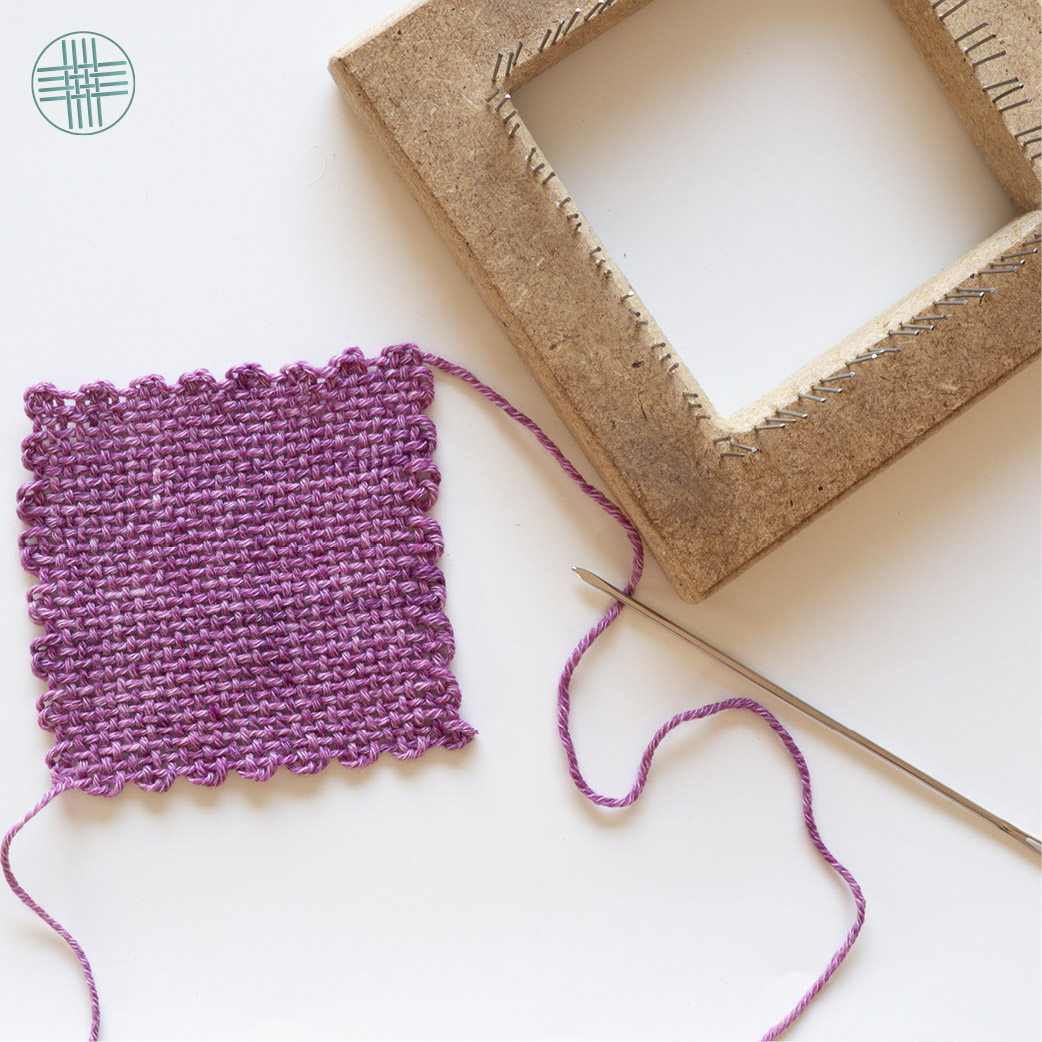Weaving

Are you looking to buy your first loom, or do you want to learn new techniques? Read all about how to sew with your handwoven fabric and even upholster furniture in Twisting Tales Magazine.
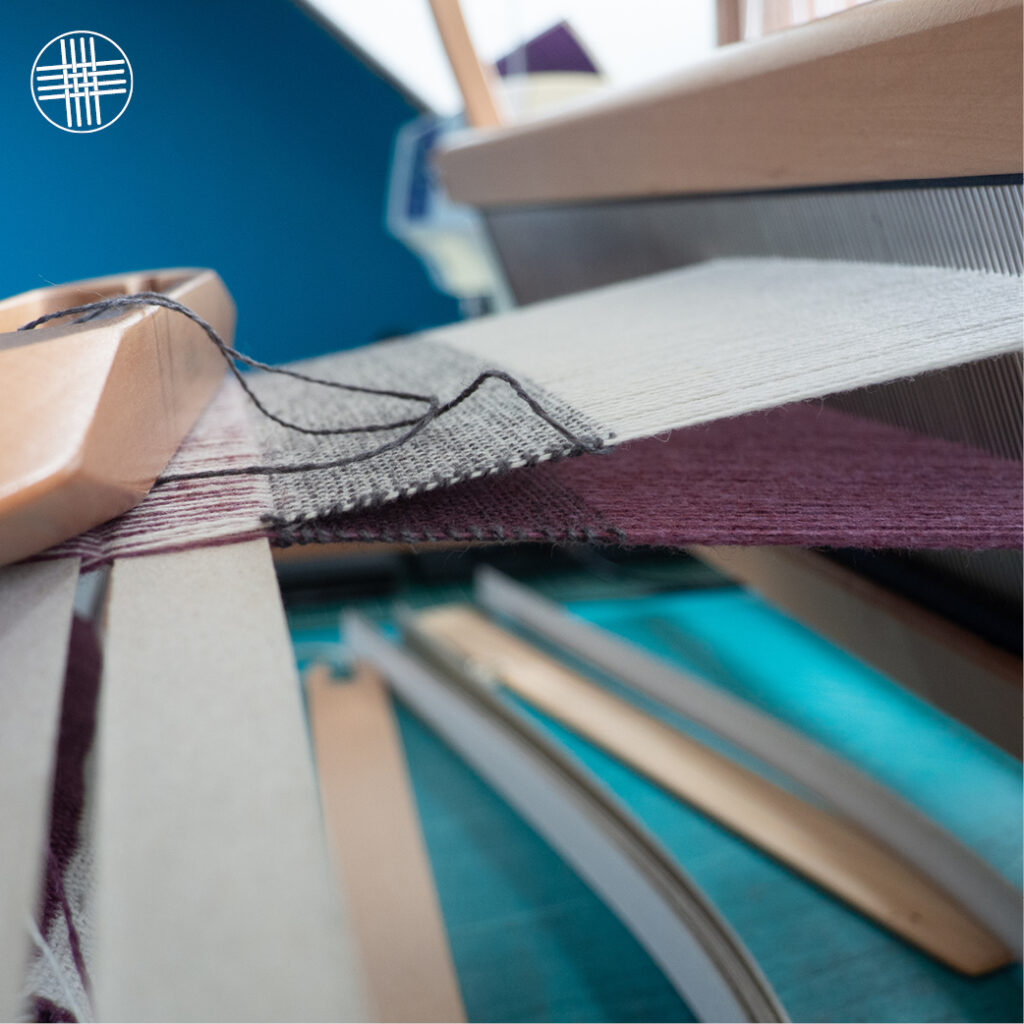
Weave doublewidth
Or deflected doubleweave
Weave in the round or weave other intricate 3D shapes! Or use deflected doubleweave to create wonderful textured patterns. As complicated as this technique may sound, the basics are quite simple.
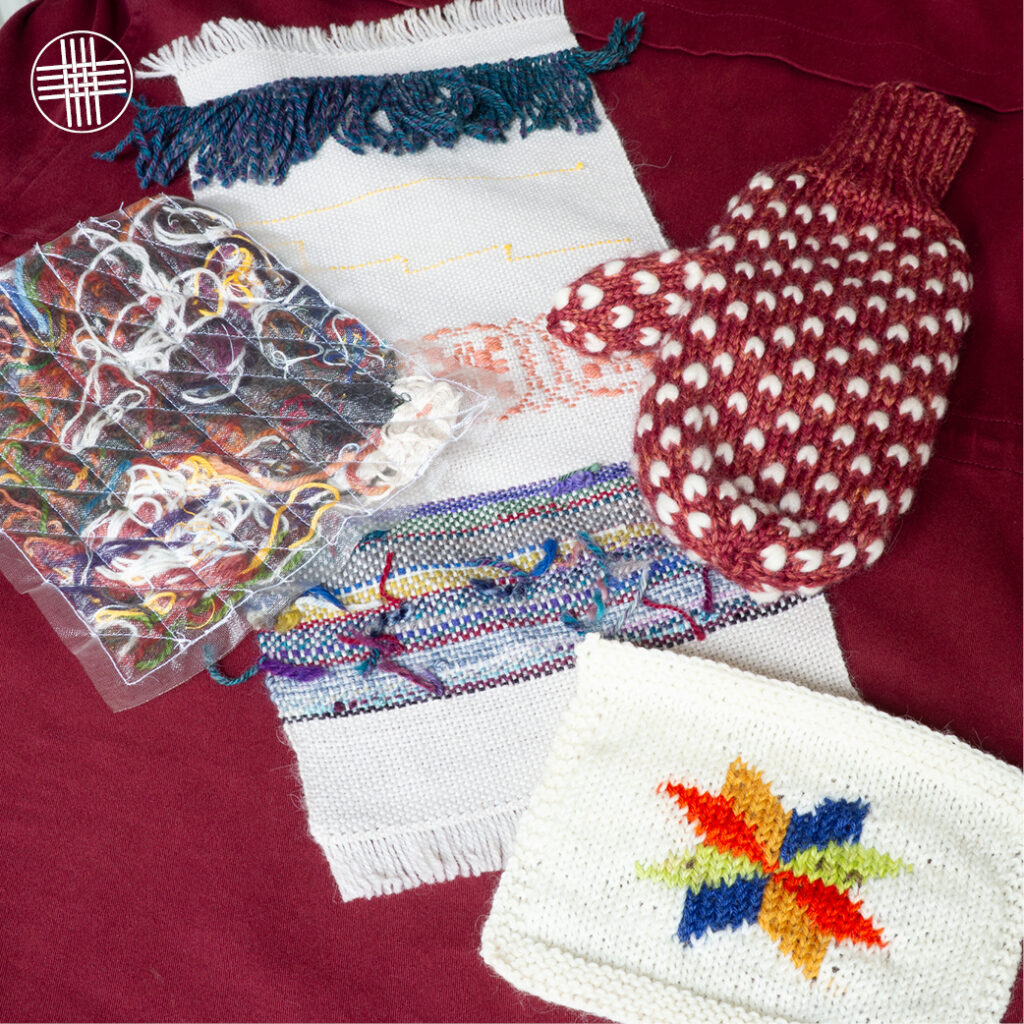
How to use yarn scraps
Find a project for your thrums
We don’t like wasting yarn, so we challenged ourselves to find as many projects as possible to use up short bits of yarn. Do you want to knit, sew, spin or weave with your scraps?

Identify your yarn or fabric
To find out what fibre you’re working with
As crafters, we’ve all been given some mystery yarn or fabric at some point. Bleach, a lighter and this article; that’s all you need to identify your yarn, fibre or fabric.
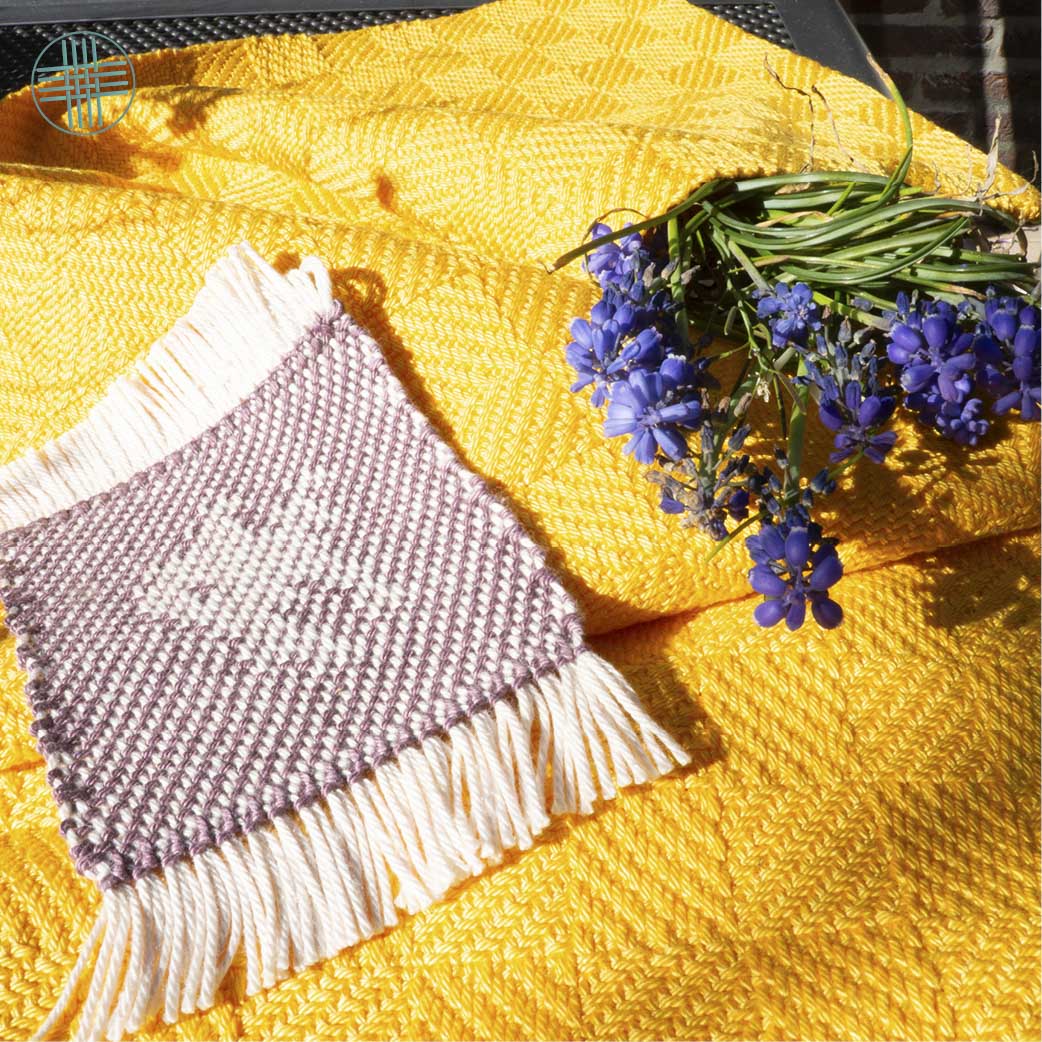
How to weave damask
A fabric with a long history
Damask is named after the city of Damascus, but did you know that is not where the fabric originated? This article contains the history of damask weaving, a technical explanation into how it works and tips on how to weave (mock) damask yourself.

Weaving yarns
Imperial and metric system
Have you ever wondered why 8/4 cotton is not the same thickness as 8/4 linen yarn? Figure out how weaving yarn sizes work in the imperial system, ypp and Nm. Learn how to substitute and combine yarns using different tricks.

Adding interest to your weaving
Clasped weft weaving
This article shows you how to weave with a clasped weft, how to weave clasped weft with three or more colours and contains examples for more inspiration.

Choosing your first loom
Where to begin?
Compared to other hobbies, weaving is a tricky one to start with. There are so many looms to choose from and the jargon can sound like a different language altogether. But no fear! We’ve explained the most basic weaving terms and provided an overview of all the types of looms and their pros and cons. If you want to pick up weaving, this article will help you get started.

Pin looms
Make them youself!
Pin looms can be a bit pricey, but they’re not hard to make yourself! Weave various shapes in no time at all. Read the article in the second edition of Twisting Tales Magazine

Sewing handwoven fabric?
Made easy
Measure twice, cut once! When it comes to sewing with your handwoven fabrics, there are a few basic rules to learn. Read the article in the first issue of Twisting Tales Magazine and you’re off to the races.
Twisting Tales Magazines
Editions now available
-
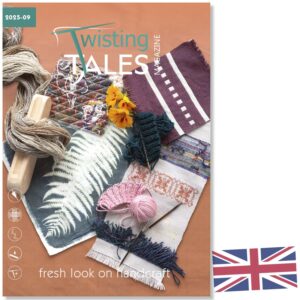 Twisting Tales Magazine no. 09Price range: €16,53 through €20,66 inc. VAT
Twisting Tales Magazine no. 09Price range: €16,53 through €20,66 inc. VAT -
 Twisting Tales Magazine no. 08Price range: €16,53 through €20,66 inc. VAT
Twisting Tales Magazine no. 08Price range: €16,53 through €20,66 inc. VAT -
 Twisting Tales Magazine no. 07Price range: €16,53 through €20,66 inc. VAT
Twisting Tales Magazine no. 07Price range: €16,53 through €20,66 inc. VAT -
 Twisting Tales Magazine no. 06Price range: €16,53 through €20,66 inc. VAT
Twisting Tales Magazine no. 06Price range: €16,53 through €20,66 inc. VAT -
 Twisting Tales Magazine no. 05Price range: €16,53 through €20,66 inc. VAT
Twisting Tales Magazine no. 05Price range: €16,53 through €20,66 inc. VAT -
 Twisting Tales Magazine No. 04Price range: €16,53 through €20,66 inc. VAT
Twisting Tales Magazine No. 04Price range: €16,53 through €20,66 inc. VAT -
 Twisting Tales Magazine No. 03Price range: €16,53 through €20,66 inc. VAT
Twisting Tales Magazine No. 03Price range: €16,53 through €20,66 inc. VAT -
 Twisting Tales Magazine No. 02Price range: €16,53 through €20,66 inc. VAT
Twisting Tales Magazine No. 02Price range: €16,53 through €20,66 inc. VAT -
 Twisting Tales Magazine No. 01Price range: €16,53 through €20,66 inc. VAT
Twisting Tales Magazine No. 01Price range: €16,53 through €20,66 inc. VAT
-
 Crochet Notebook€9,50 inc. VAT
Crochet Notebook€9,50 inc. VAT -
 Dyeing Notebook€9,50 inc. VAT
Dyeing Notebook€9,50 inc. VAT -
 Knitting Notebook€9,50 inc. VAT
Knitting Notebook€9,50 inc. VAT -
 Sewing Notebook€9,50 inc. VAT
Sewing Notebook€9,50 inc. VAT -
 Spinning Notebook€9,50 inc. VAT
Spinning Notebook€9,50 inc. VAT -
 Weaving Notebook€9,50 inc. VAT
Weaving Notebook€9,50 inc. VAT

